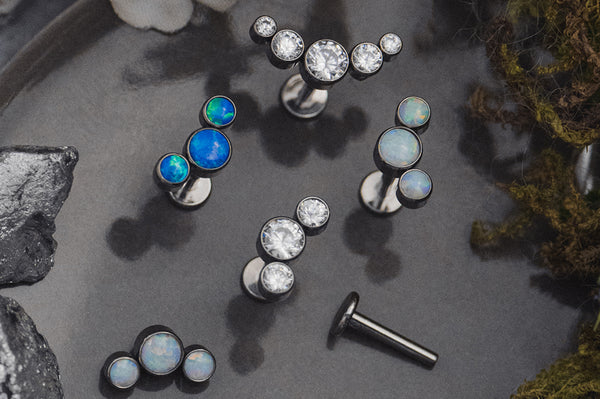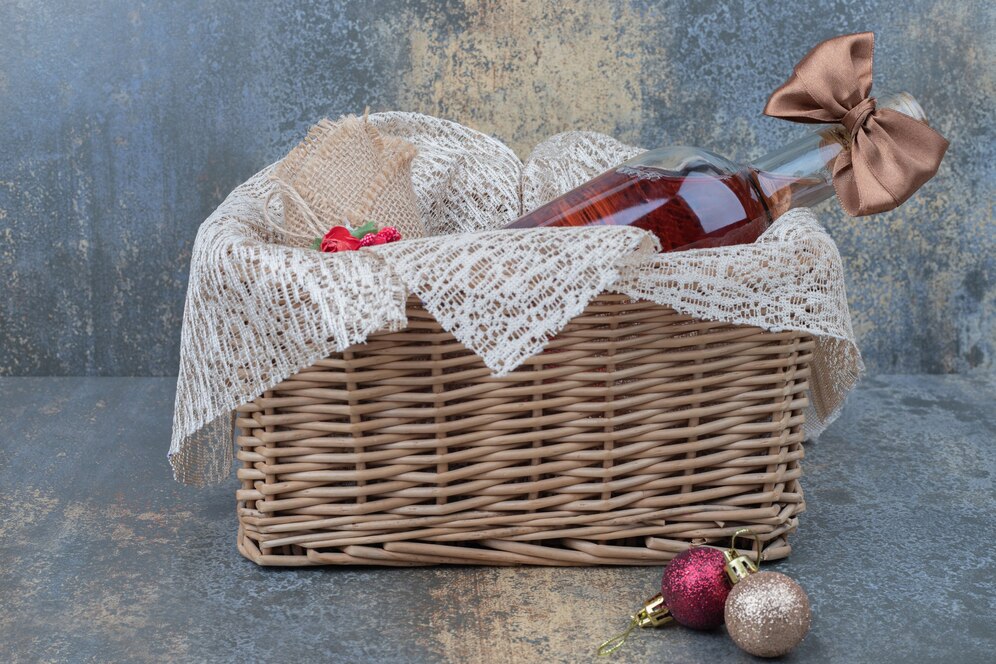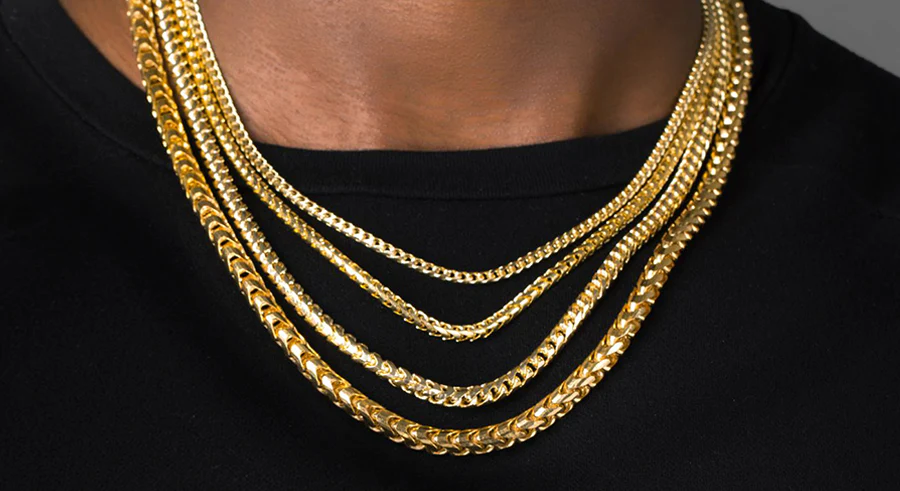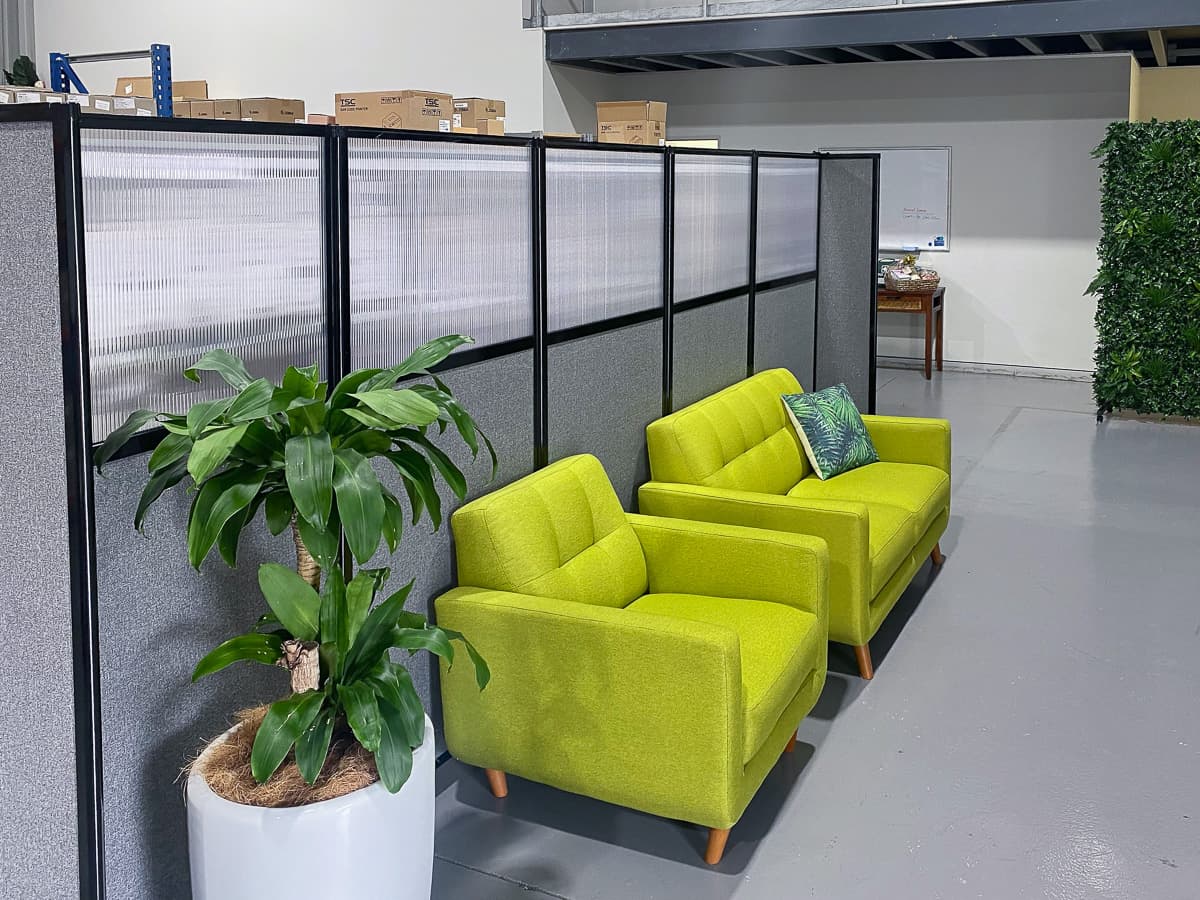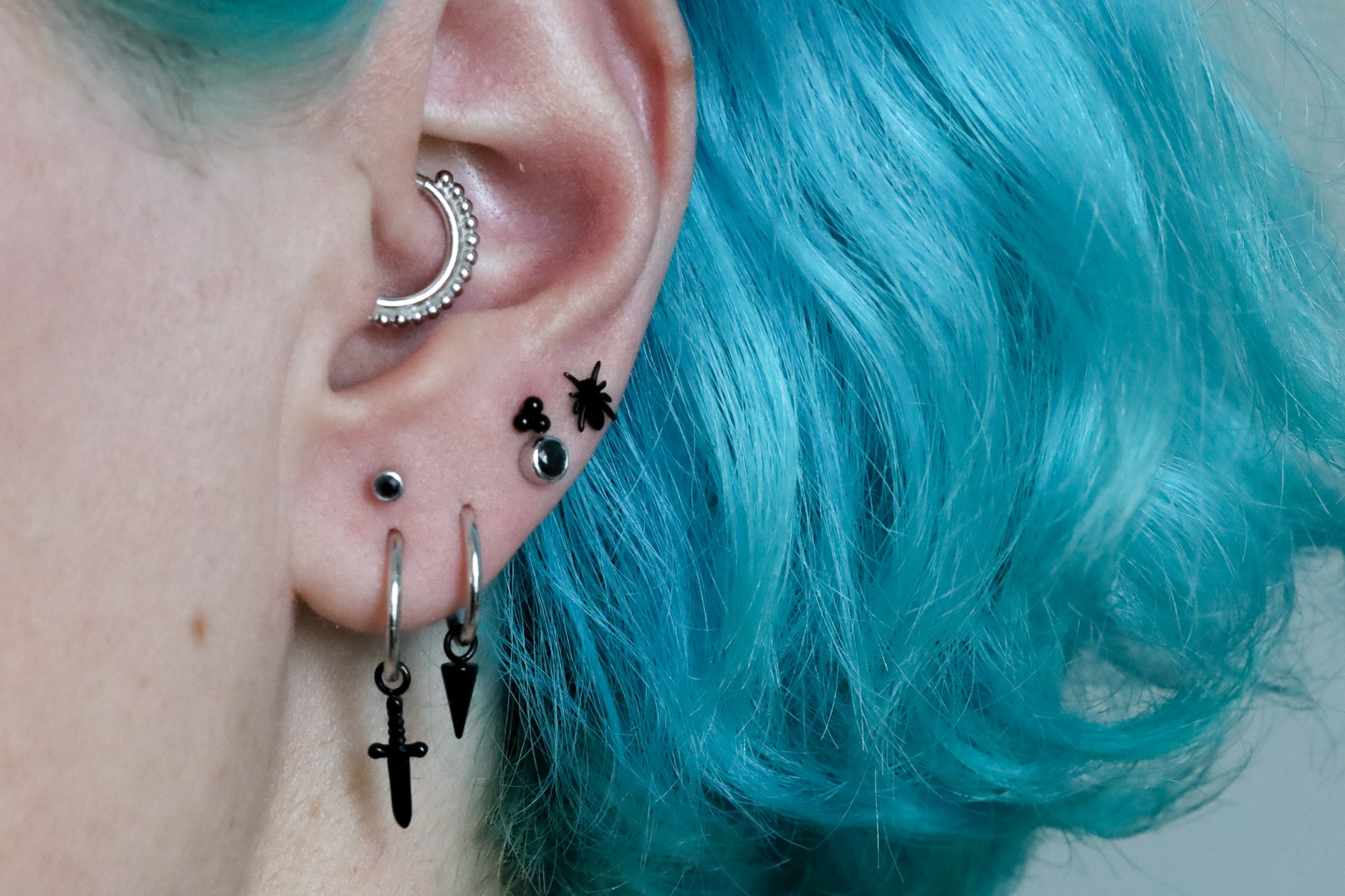Shopping for your first body modification tools can feel exciting yet confusing. Many ear stretching kit beginners start with enthusiasm but often overlook crucial details that can affect comfort, progress, and safety. Making informed shopping choices will help you avoid common pitfalls while ensuring your journey is smooth and enjoyable.
Understanding Materials Before You Buy
One of the first secrets is material choice. Stretching requires patience, and not all materials are suitable for starting out. While colourful acrylic and silicone look appealing, they are not the best for fresh stretches as they can irritate skin or trap bacteria. Stainless steel, glass, and titanium are safer, non-porous options. They are easy to sterilise and allow your lobes to heal properly. Beginners often skip this step, attracted by low prices or bright designs, but investing in quality materials will protect your ears in the long run.
The Importance of Taper and Tunnel Sizes
Another overlooked detail is sizing. Kits often include tapers and tunnels that appear straightforward, but sizes can differ slightly across sellers. Jumping too quickly between gauges is a common mistake. The ear needs gradual progression, usually a millimetre at a time, to avoid tearing or blow-outs. A good kit should include consistent increments and clearly labelled measurements. Checking the sizing standards before purchase ensures you do not end up with gaps or oversized tools that can harm your stretching process.
Why Aftercare Tools Matter
Many first-time shoppers focus only on the stretching jewellery itself, forgetting about aftercare essentials. Oils such as jojoba or vitamin E, along with saline sprays, help maintain elasticity and promote healing. Some kits come bundled with aftercare items, but most do not. Setting aside part of your budget for these extras is a shopping secret that separates successful stretches from painful experiences. Without them, your lobes may dry, crack, or heal unevenly.
Paying Attention to Kit Packaging
At first glance, packaging may not seem important, but it can affect hygiene and organisation. Kits that arrive with sterile pouches or separate compartments reduce the risk of contamination. In contrast, products bundled loosely in plastic bags may introduce dirt or scratches. Beginners often underestimate the value of well-designed packaging, but in practice, it keeps your stretching tools safe and ready for use whenever needed.
Hidden Costs of Cheaper Kits
Low prices can be tempting, but many budget kits cut corners. Thin metals, rough edges, or poor finishing can irritate skin and prolong healing. A hidden cost is that you may need to replace cheap jewellery sooner, ultimately spending more than if you had invested in a higher-quality kit from the start. Savvy shoppers understand that stretching is a slow process where safety should never be compromised for a discount.
Matching Style with Comfort
Another shopping secret is balancing style with comfort. Beginners sometimes purchase kits full of decorative plugs and tunnels, eager to showcase their new look. However, plain single-flare or no-flare jewellery is far easier to insert and remove during early stages. Once your lobes have healed at the desired size, stylish designs can be explored without risk. Shopping with long-term comfort in mind ensures smoother stretching and fewer complications.
Reading Reviews Carefully
Product reviews reveal more than just overall ratings. Look for mentions of accurate sizing, surface smoothness, and healing outcomes. Some reviewers highlight whether jewellery feels heavier than expected or if sharp edges caused irritation. Reading between the lines of customer feedback is one of the simplest ways to avoid regret. Beginners often overlook this step, but it provides real-world insight that marketing descriptions cannot match.
Planning Future Sizes Ahead
When shopping for your first kit, it helps to think beyond the present. If you have a goal size in mind, ensure the kit offers enough increments to get there gradually. Some sets stop at smaller gauges, forcing you to buy additional tools later. Planning ahead means fewer interruptions and more consistent progress. This forward-thinking approach is often missed by beginners but makes the journey smoother and more affordable in the long term.
Conclusion
Shopping for an ear stretching kit is more than just picking the cheapest or most colourful set. By considering materials, sizing accuracy, aftercare, and future planning, you can avoid the mistakes many newcomers make. These hidden shopping secrets not only save money but also protect your health and comfort. With careful choices, your stretching journey becomes safer, smoother, and ultimately more rewarding.

